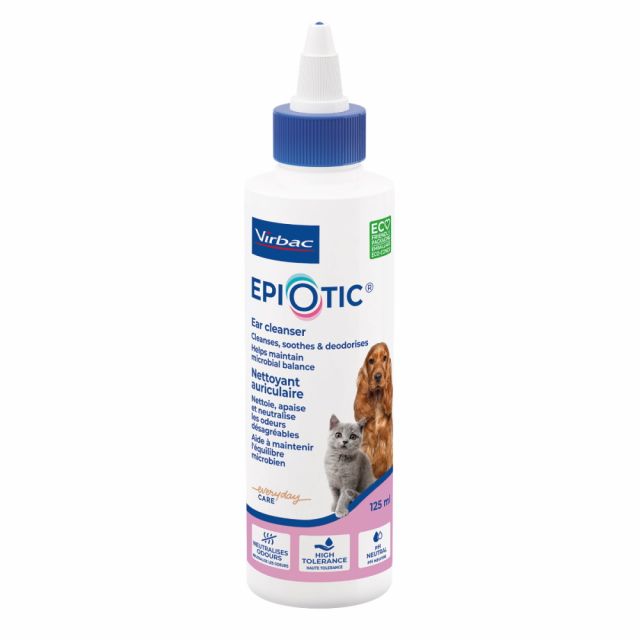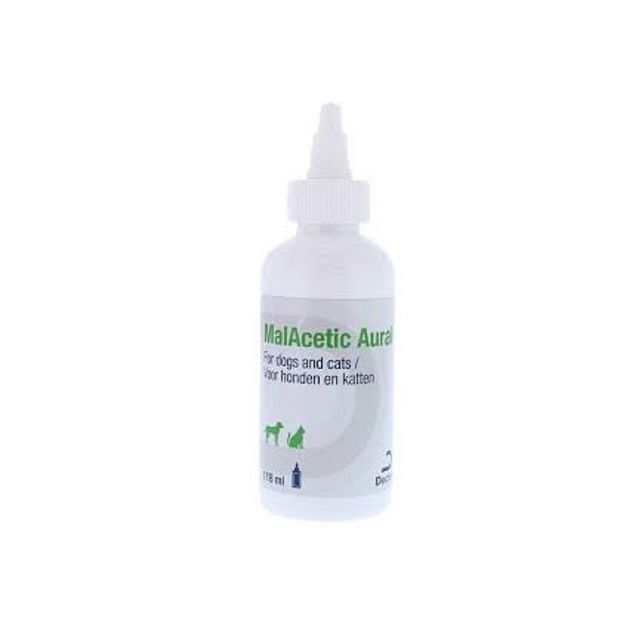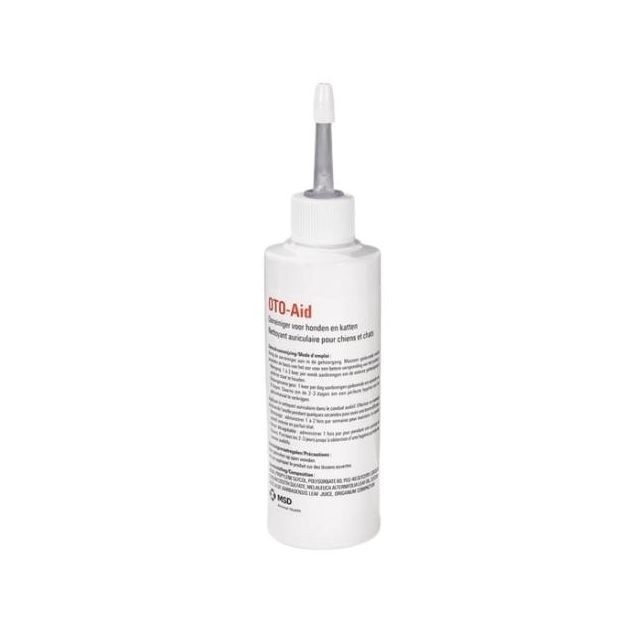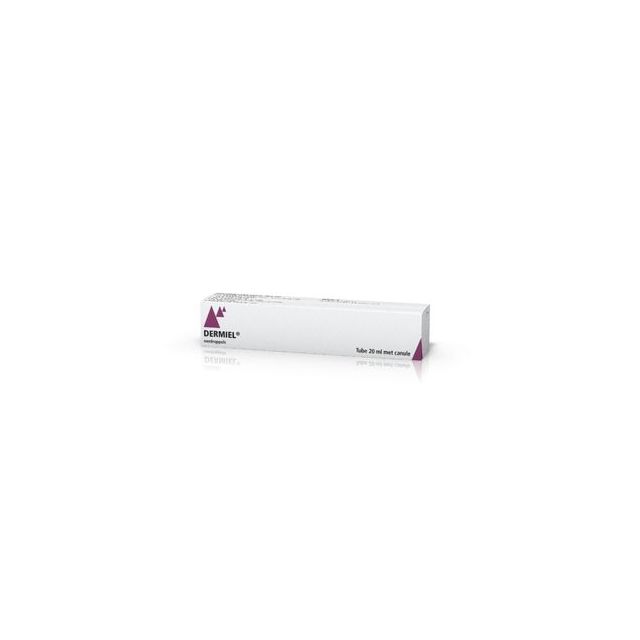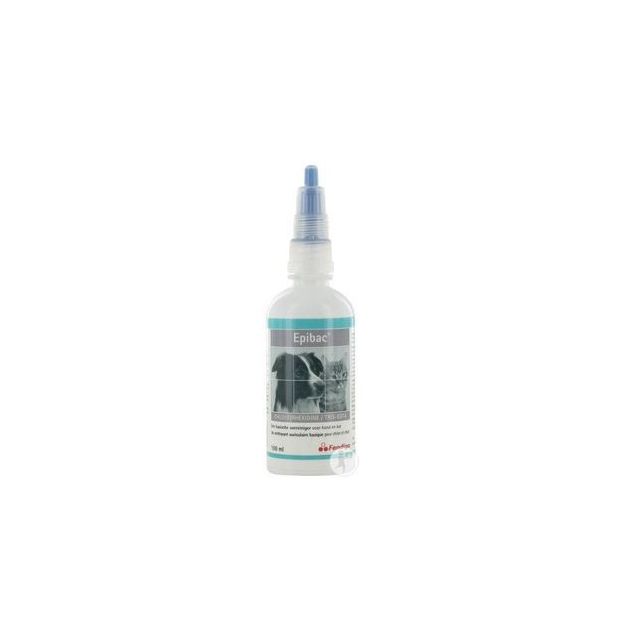Ear infection in dogs: symptoms, causes and treatment
Ear infection, also known as otitis, is a common health problem in dogs. It can be very uncomfortable for our furry friends, and as an owner, it's important to understand the symptoms, causes, and treatment of this condition.
What is an ear infection?
An ear infection is when a part of your dog's ear becomes inflamed. It usually involves an inflammation of the outer ear canal. The ear canal of a dog is a tube with a bend in it, lined with skin. The eardrum separates the ear canal from the middle ear, where the balance organ is located.
During an ear infection, the inflamed skin swells, causing the ear canal to narrow. Usually, extra earwax and sometimes even pus is formed. Because the ear canal is narrowed, earwax and pus remain in the ear canal. This is a very good breeding ground for bacteria and yeasts, causing the inflammation to worsen. Eventually, the inflammation can spread and damage the eardrum. If the eardrum is damaged, a middle ear infection occurs, which can also lead to balance disorders.
Symptoms of ear infection in dogs
Ear infections in dogs can cause various symptoms. Some common signs of an ear infection are:
- Scratching or rubbing: If you notice your dog constantly scratching its ear or rubbing its head against furniture or the carpet, this may indicate an ear infection. Sometimes the itch is so severe that a fiery, often wet red spot appears on the cheek: a hotspot.
- Earwax and strange odors: An infection in the ear can lead to a foul-smelling discharge, such as pus or brownish earwax.
- Redness and swelling: The affected ear can look red and swollen. It may also be sensitive to touch.
- Ear pain: Dogs with an ear infection can show signs of pain, such as shaking their head, whining, or growling when the ear is touched. They often tilt their head with the affected ear down.
- Balance problems: In some cases, a severe ear infection can cause dizziness or balance problems in dogs.
Causes of ear infection in dogs
Various factors can contribute to the development of an ear infection in dogs. Some common causes are:
- Moisture buildup: Accumulation of moisture in the ear, such as after swimming, can promote the growth of bacteria or yeasts.
- Allergies: Dogs with allergies, such as food allergies or atopy (environmental allergy), have an increased risk of recurrent ear infections.
- Foreign objects: Foreign objects, such as grass seeds or insects, can get stuck in the dog's ear and cause irritation or infection.
- Anatomical features: Some dog breeds with floppy ears, such as Cocker Spaniels or Basset Hounds, are more prone to ear infections due to reduced air circulation. Also, brachycephalic dogs with often very narrow ear canals, such as bulldogs, frequently suffer from recurrent ear infections.
- Ear mites: These tiny critters can cause severe itchiness and inflammation of the ears. Ear mites are highly contagious.
Examination for ear infection
If your dog shows signs of an ear infection, it's important to go to the vet. The vet will first examine the external ear. Then, they will inspect the ear canal with an otoscope. A key goal of this inspection is to see if the eardrum is intact. Especially in severe or recurring ear infections, the vet will take a swab from the ear canal to examine under the microscope. This allows the vet to determine if bacteria and/or yeasts are present in the dog's ear canal. Additional diagnostics, such as X-rays or scans, are sometimes needed if it is suspected that the problems lie deeper in the ear.
Treatment of ear infection in dogs
The treatment of an ear infection in dogs can vary, depending on the cause and severity of the infection. Treatment often involves the following aspects:
Cleaning
If the ear canal is very dirty, it must first be cleaned before ear ointment or ear drops can be administered. Sometimes it's better if the vet does this by flushing the ears. Often, you do this yourself with the help of an ear cleaner.
Ear ointment or ear drops
Depending on the cause of the ear infection, the ointment contains a substance against bacteria and/or yeasts. Often, the ointment also contains a local anti-inflammatory and itch-relieving ingredient, which will provide quick relief for your dog.
Specific treatment
If ear mites are the cause of your dog's ear infection, the vet will advise a spot-on product that kills the mites. Additionally, regular pain relief is necessary, and for allergies, itch-reducing medication is often prescribed to help prevent shaking and scratching.
For very severe ear infections or a middle ear infection, antibiotics are indicated. In exceptional cases, surgery is necessary.
Prevention of ear infection in dogs:
There are several steps you can take to reduce the chance of ear infections in your dog. Regularly cleaning your dog's ears with an ear cleaner for dogs with sensitive ears such as CleanAural Sensitive can help remove excess earwax and dirt. After swimming, you can use an ear cleaner that helps maintain a healthy environment in the ears, such as MalAcetic Aural.
For very mild symptoms such as slight itchiness or redness, an ear drop based on honey such as Dermiel ear drops can be given. The use of these products is ONLY allowed with an intact eardrum. If there are complaints of an ear infection, it is advised to have your vet check your dog.
An ear infection in dogs can be uncomfortable and painful, but with the right treatment, your dog can quickly recover. If you notice symptoms of ear infection in your dog, contact your vet for a diagnosis and treatment. By taking preventive measures and regularly checking your dog's ears, you can help prevent your dog from suffering from this unpleasant condition.
If you have a question about our products or about ear infection in your dog, please contact us.

